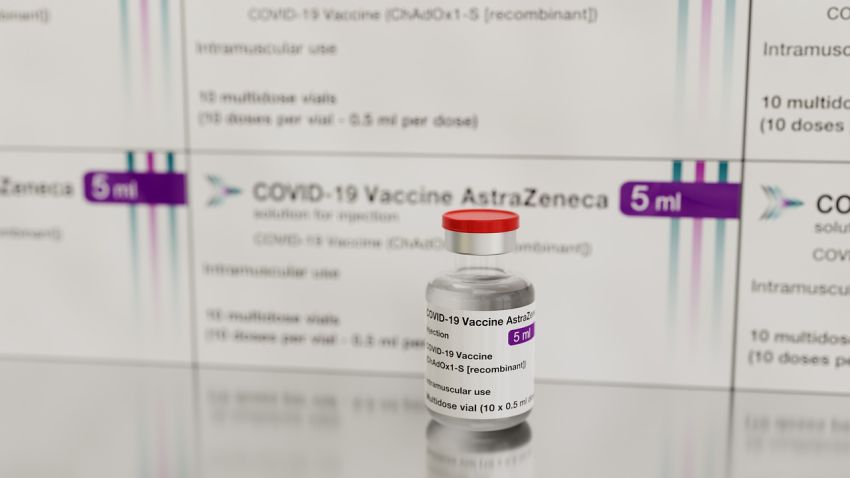
Vaxxers: The Inside Story of the Oxford AstraZeneca Vaccine and the Race against the Virus
By Professor Sarah Gilbert & Dr Catherine Green
Hodder & Stoughton, London
2021, 336pp, $35
When Professor Sarah Gilbert took her seat at the Wimbledon Tennis Championships in June, to her total surprise she was met with a standing ovation from the crowd.
It was in recognition of the incredible effort by her and her team at Oxford University’s Jenner Institute to produce a safe vaccine against COVID-19 in just 10 months.
Usually a vaccine takes 5–10 years from conception to production and injection into people’s arms. This book describes how she and Dr Catherine Green did it.
Gilbert and Green take it in turn to write each chapter and describe what was happening in the laboratory as well as in their personal lives.
Green initially describes a camping trip with her 9-year-old daughter, her first weekend free after 6 months fully occupied in the laboratory.
By chance, she met a woman at the campsite, who admits, “We don’t know what’s in the vaccines. Maybe mercury and other toxic chemicals. They don’t tell us the truth”.
Green realised she could not just stand there and say nothing, as she knew exactly what was in the vaccine. She told the woman who she was and the list of ingredients in the vaccine, which are also listed at the end of the book.
Gilbert describes how it all started on New Year’s Day in 2020 when she read reports of a disease outbreak in Wuhan, China. She noted that it was a disease like SARS.
Gilbert had a lot of experience working with Middle East respiratory syndrome coronavirus (MERS-CoV), a zoonotic virus transferred from camels to humans. MERS-CoV has caused 900 deaths in 27 countries since 2012.
Gilbert had also worked on an Ebola vaccine in Guinea in 2014. Ebola had caused 28,000 cases and 11,000 deaths by 2016. She knew what worked and what didn't in testing a new vaccine.
The phase III clinical trials in Africa got bogged down by bureaucracy and many hundreds of lives were lost. Gilbert was determined that would not happen this time.
Following Ebola, the Oxford group was prompted in 2015 by the World Health Organization (WHO) to prepare for the possibility of a future epidemic of an unknown infection, or “Disease X”.
Decades of experience taught Gilbert the basic structure of the vaccine — the platform — that could be successful in humans.
Gilbert prepared a vaccine using this platform technology successfully against influenza and MERS-CoV and knew it was well tolerated with no safety concerns. But due to a lack of funding, her team could make no further progress.
When reports started coming out about high transmission rates and the first death in China, Gilbert and colleague Dr Tess Lambe started planning the design of the COVID-19 vaccine.
First, they needed the specific genome sequence of the novel coronavirus, which was published by Chinese scientists on January 11, 2020.
Due to the similarity with MERS-CoV, Gilbert and Lambe knew the vaccine could be based on getting the human immune system to attack the spike protein on the coat of the coronavirus. Spike proteins are what the virus uses to bind itself to human cells.
It normally takes three to four months to make the starting material for a vaccine, which needs to be 100% genetically correct.
Green was in charge of the vaccine purification and production. Finally, the starting material was achieved on March 28 and initial clinical trials began on April 22.
They went from DNA construct to clinical trial in 65 days, an achievement no one had thought possible back in January.
Meanwhile, Gilbert took on the enormous task of convincing governments and international funding bodies to give them at least a few million pounds to produce the billions of vaccines that would be needed.
Gilbert and Green prioritised the safety of the vaccine. They fulfilled all the requirements of various government bodies to prove it was safe and efficient, producing sufficient antibody response.
Both write about the personal problems they faced at home while they were working around the clock, seven days a week for virtually six months without a break.
Their problems dealing with the media are also described: newspapers' need for sensational headlines, distortions of their results, the mistaken reporting of facts by non-scientifically-trained journalists.
Vaxxers is an exciting read.
Perhaps this book will restore the public’s appreciation of scientific research and help reverse the general lack of permanent employment that forces many hard working scientists to leave the field.